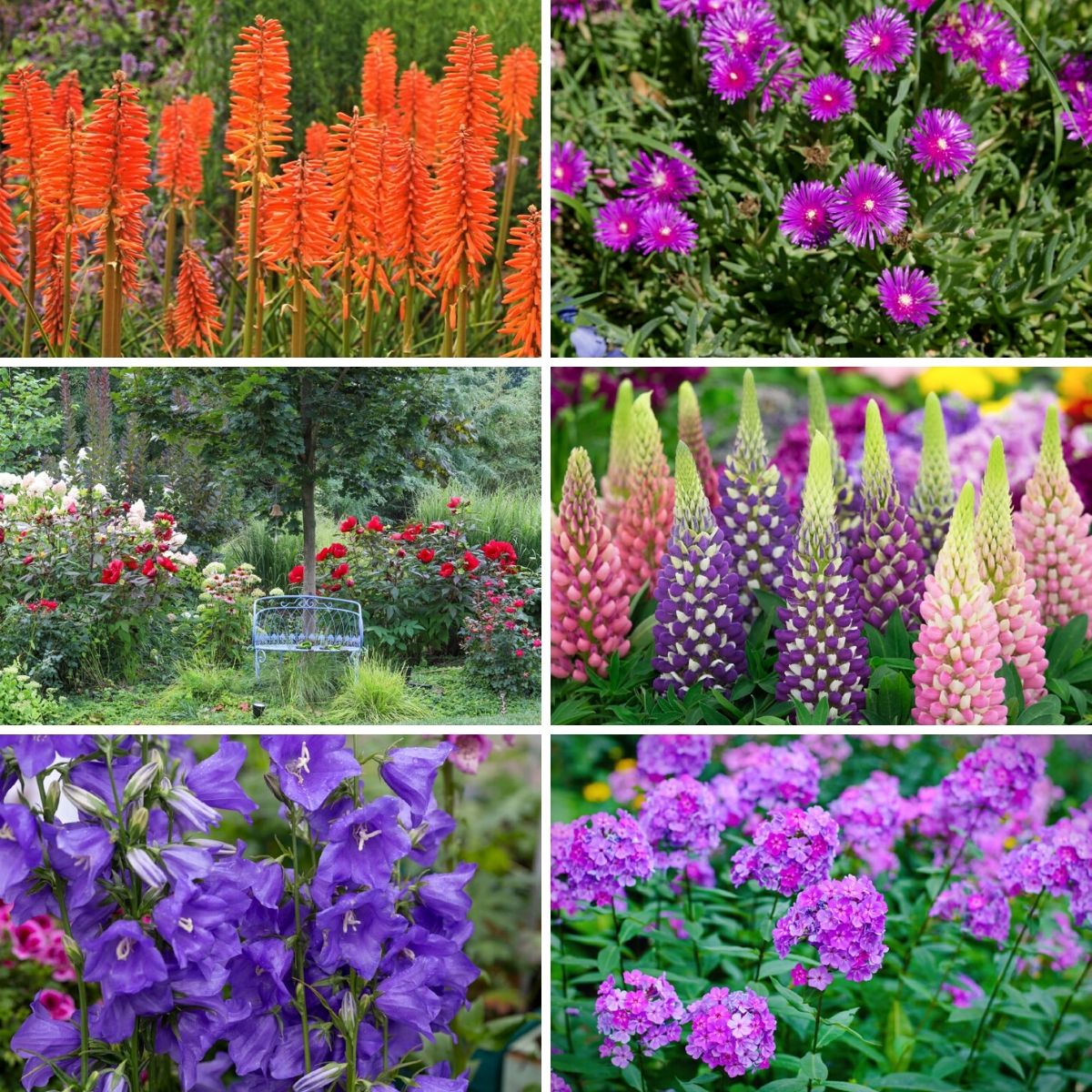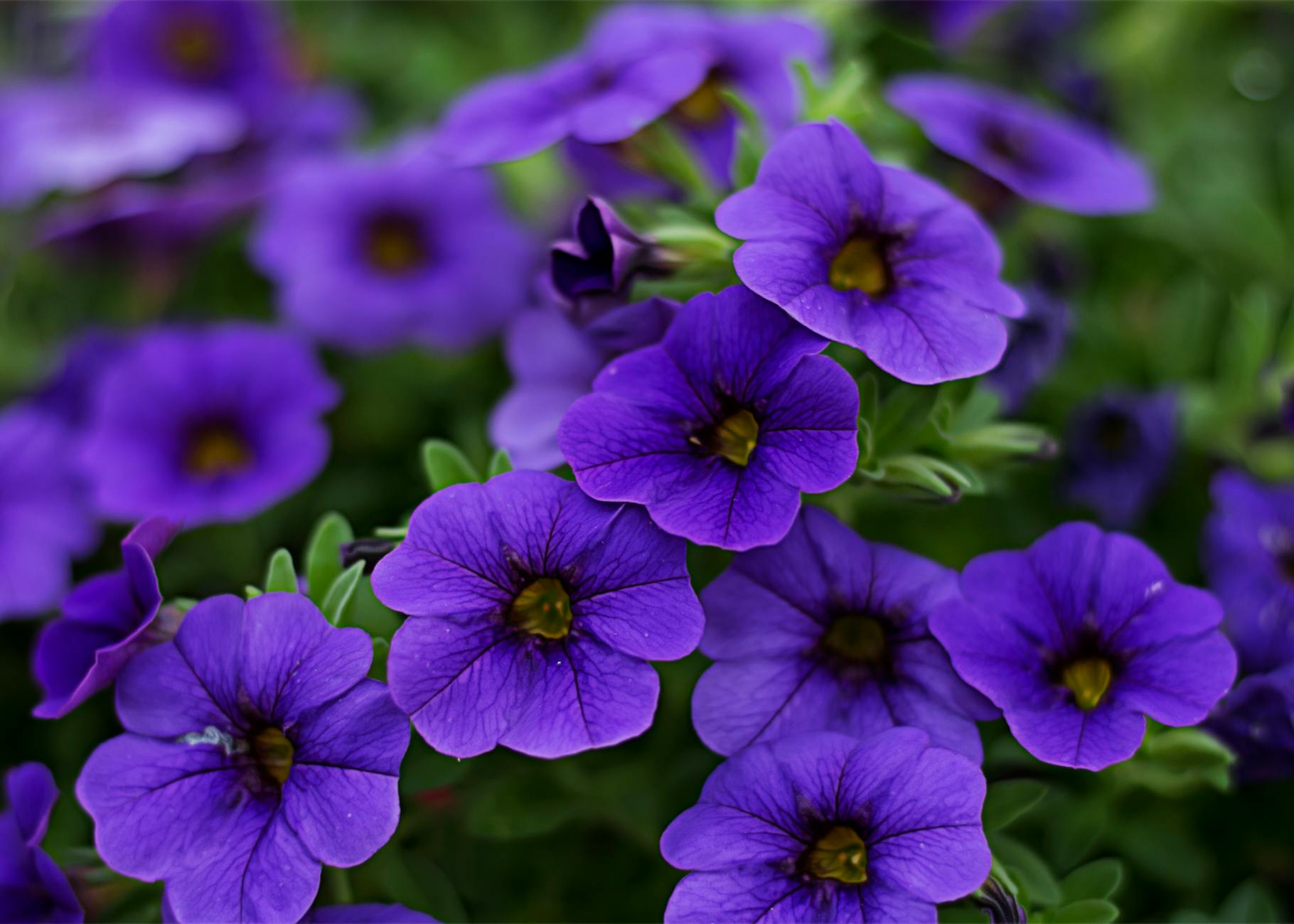How to Plant Flowers for Year-Round Blooms

Imagine stepping into your garden every day and being greeted by a vibrant tapestry of colors and fragrances. Achieving year-round blooms isn't just a dream; it's a reality that's within your reach. With a bit of planning and the right know-how, you can transform your garden into a perennial paradise. Let's dive into the world of flower planting and discover how to create a bloom schedule that will keep your garden looking beautiful all year round.
Understanding Perennial and Annual Flowers
Before you start planting, it's essential to understand the difference between perennial and annual flowers. Perennial flowers are the backbone of any garden designed for year-round blooms. These hardy plants return year after year, often requiring less maintenance than their annual counterparts. Annuals, on the other hand, complete their life cycle in a single growing season but offer a burst of color and variety that can be refreshed each year.
Perennial Flowers: The Garden's Backbone
Perennial flowers are like the reliable friends you can always count on. They come back year after year, adding consistent beauty to your garden. Some popular perennials include:
- Daylilies: Known for their vibrant colors and easy care.
- Coneflowers: Attractive to pollinators and come in a variety of colors.
- Black-Eyed Susans: Hardy and drought-tolerant, perfect for sunny spots.
Annual Flowers: The Garden's Colorful Guests
Annuals are like the exciting guests who bring a fresh energy to your garden. They may only be around for a season, but they make a big impact. Some popular annuals include:
- Marigolds: Bright and cheerful, they also repel pests.
- Petunias: Available in a wide range of colors and sizes.
- Zinnias: Easy to grow and attract butterflies.
Planning Your Garden Design
A well-planned garden design is key to achieving year-round blooms. Think of your garden as a canvas where you can paint with flowers. Consider the layout, color scheme, and bloom schedule to create a harmonious and visually appealing space.
Layout and Color Scheme
Start by sketching out your garden layout. Consider the size and shape of your garden, as well as the sunlight and shade patterns. Choose a color scheme that complements your home and personal style. Whether you prefer a monochromatic look or a vibrant mix of colors, the possibilities are endless.
Bloom Schedule: Timing is Everything
Creating a bloom schedule is like conducting a symphony of flowers. You want different plants to bloom at different times to ensure continuous color throughout the year. Here's a simple guide to help you plan:
- Spring: Plant early bloomers like tulips, daffodils, and crocuses.
- Summer: Opt for heat-loving flowers like dahlias, roses, and hydrangeas.
- Fall: Choose late-blooming perennials like asters, chrysanthemums, and sedum.
- Winter: In milder climates, consider winter-blooming plants like camellias and hellebores.
Planting and Maintenance Tips
Now that you have a plan, it's time to get your hands dirty. Planting and maintaining your flowers is crucial for their health and longevity. Here are some tips to help you along the way.
Planting Techniques
- Soil Preparation: Ensure your soil is well-draining and rich in organic matter. Add compost or fertilizer as needed.
- Spacing: Follow the planting instructions on the seed packets or plant tags to avoid overcrowding.
- Watering: Water your plants deeply and regularly, especially during the first few weeks after planting.
Flower Maintenance
- Deadheading: Remove spent flowers to encourage new blooms and keep your garden looking tidy.
- Pruning: Prune your plants to control their size and shape, and to promote healthy growth.
- Fertilizing: Use a balanced fertilizer to provide essential nutrients for your flowers.
External Resources for Further Reading
For more in-depth information, check out these authoritative resources:
- The Old Farmer's Almanac: A treasure trove of gardening advice and tips.
- The Royal Horticultural Society: Offers comprehensive guides on planting and caring for a wide range of flowers.
:max_bytes(150000):strip_icc()/helenium-flowers-1316035-06-ba9a9a703ea342398af5178effe59971.jpg)
Conclusion: Embrace the Beauty of Year-Round Blooms
Creating a garden that blooms year-round is a rewarding experience. With careful planning and a bit of effort, you can enjoy a vibrant and colorful garden throughout the seasons. Remember, gardening is a journey, not a destination. Embrace the process and enjoy the beauty that unfolds.
FAQs
What are the best perennial flowers for year-round blooms?
- Some of the best perennial flowers for year-round blooms include daylilies, coneflowers, and black-eyed Susans. These plants are hardy and offer consistent beauty.
How do I create a bloom schedule?
- To create a bloom schedule, plan which flowers will bloom during different seasons. For example, plant tulips and daffodils for spring, dahlias and roses for summer, asters and chrysanthemums for fall, and camellias and hellebores for winter.
What is the difference between perennial and annual flowers?
- Perennial flowers return year after year, while annual flowers complete their life cycle in a single growing season. Perennials are generally more low-maintenance, while annuals offer a burst of color and variety.
How often should I water my flowers?
- Water your flowers deeply and regularly, especially during the first few weeks after planting. The frequency depends on the type of flower and the climate, but a general rule is to water when the top inch of soil is dry.
What is deadheading and why is it important?
- Deadheading is the process of removing spent flowers. It is important because it encourages new blooms and keeps your garden looking tidy.

By following these tips and embracing the beauty of year-round blooms, you can create a garden that will be the envy of your neighborhood. Happy planting!
0 Response to "How to Plant Flowers for Year-Round Blooms"
Post a Comment